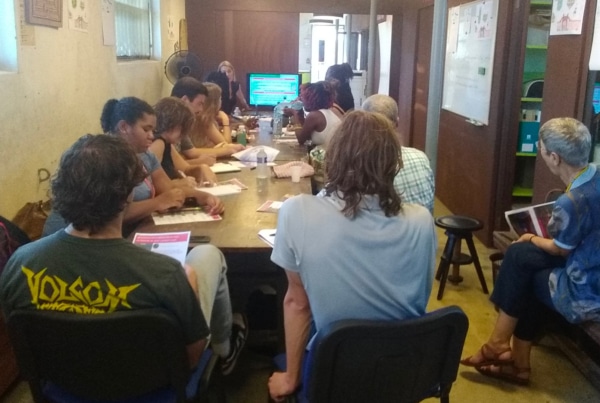
As part of the Erasmus+ Programme, the Département de Formation et de Recherche en Lettres et Sciences Humaines of the University of Guyana and the Doctoral School of History of the Faculty of Letters of the University of Szeged invite you to a special conference entitled "Hungarians in Guyana after the Second World War".
C This presentation will look at the little-known history of Hungarians in Guyana after the Second World War. Hosted by Mónika Krajcsoszki, this presentation will shed light on the fascinating facets of this little-explored period. Rendezvous on Wednesday 10 April 2024 at 6 p.m. at the Salle Loïc Daniel (F212) of the DFR LSH (Bât. F) of the UG (Troubiran). Following the closure of the penal colony in the 1940s, French Guyana was faced with a labour shortage. The aim of the new political leadership following departmentalisation was to promote economic and social development, for which demographic growth was essential, and immigration had to be encouraged in one way or another. As part of this effort, the French government turned its attention to displaced persons from Eastern Europe and a special arrangement was signed with the International Refugee Organisation (IRO) on 21 April 1949.
It provided for the immigration of one hundred refugee families to French Guyana. Recruitment took place mainly in the French zone of occupation in Germany. The first convoy arrived in French Guyana in July 1949. Others followed until mid 1951. The aim was to create a new centre based on the existing infrastructure of the closed Saint-Jean penal colony. A total of 207 immigrants arrived: 78 men, 68 women and 61 children. The majority were Hungarians and Poles, but there were also Czechs, Romanians, a Greek, a Latvian and two stateless people. The organisation in charge of this project, BIPIG (Bureau d'Installation des Personnes Immigrées en Guyane), was not created until February 1950. It seems that many people left the Saint-Jean centre fairly quickly. The BIPIG was wound up in 1958. By checking and updating the archives collected, 56 Hungarians are already listed by name among the displaced persons. How can their lives be reconstructed so that we can understand what they went through? Why did these Hungarians flee their post-war country? Was French Guyana just a stopover on the way to other destinations? What were the reasons for the rapid failure of this settlement programme? These are the main questions we are currently investigating.




